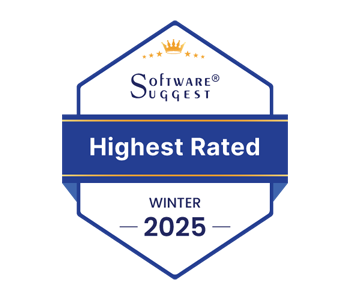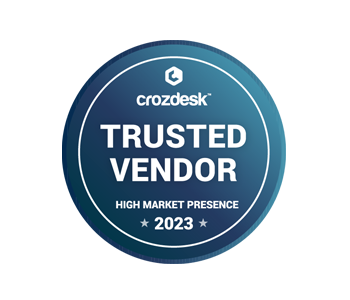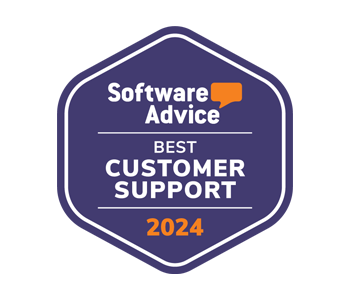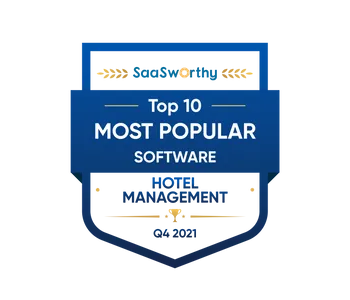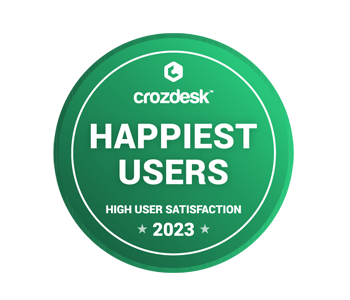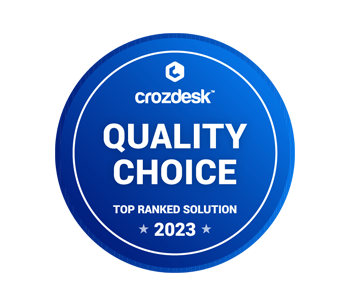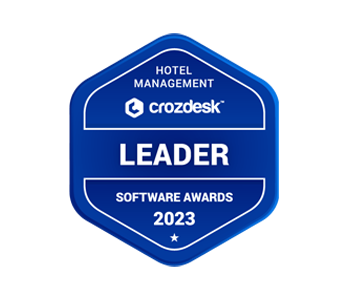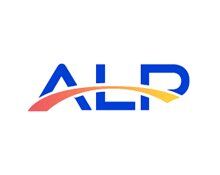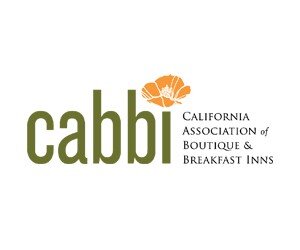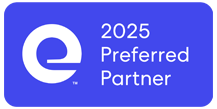Remember when hotels were mostly booked through brick and mortar travel agencies or looked up in the yellow pages (the paper kind)? We’re going back 20-odd years ago, so you’re forgiven if you don’t! These days, the realm of hotel distribution has evolved with technology to span both the physical and digital worlds—with heavier reliance on the latter.
Like all seemingly unlimited choices the internet affords us, the web of hotel distribution can be a bit overwhelming. So for sanity’s sake, we’re untangling it all to bring you the most important online distribution channels for independent hotels and how to manage them.
Most Important Online Distribution Channels for Independent Hotels
From your property’s website to OTAs and GDS channels to wholesalers, there are numerous types of online hotel distribution channels, but we will focus here on the types of channels that drive the most revenue for the majority of our clients—independent hotels.
Your Property’s Website
The face of your property online, your property’s website is your most important marketing asset. Done right, your website will communicate your property’s unique stay experience and compel your customers to take action—whether that’s to make a booking, reach out by phone or email, or follow your property on social media.
Your property’s website is the only online distribution channel that allows you to sell direct to travelers (without paying commission to a third party). That means your website generates the most profitable bookings and for that reason it’s important to make sure you’re maximizing conversions with a mobile-friendly website design, good SEO (search engine optimization) practices, and a mobile-friendly online booking engine that is integrated with your property management system (PMS).
Online Travel Agencies (OTAs)
OTAs like Expedia, Booking.com and Airbnb provide travel bookings to consumers, including flights, accommodations, car rentals, cruises, and experiences. They play a major role in distribution for most independent and chain properties. While the commission payments can sting a little, OTAs greatly extend a property’s reach, bringing in bookings from far and wide. OTAs offer travelers a convenient way to book and manage their travel reservations. Their immense marketing budgets have made them a go-to resource for travelers around the globe. To get the most exposure on your OTA channels, it’s important to keep your listings up-to-date and respond to guest reviews on those channels.
Global Distribution System (GDS)
The GDS (global distribution system) was born in the 1960s to supply travel agents with flight availability. Today, GDS channels like Sabre and Amadeus provide live flight, hotel and rental car inventory to both brick and mortar and online travel agencies. A GDS connection is a good way to get your hotel in front of corporate travelers and also older travelers who tend to book through human travel agents. While hotels are charged for bookings coming through the GDS, it’s another route for pushing your rates and availability to every corner of the world and is a worthwhile distribution channel for independent hotels to consider—especially for those that cater to corporate travelers.
Metasearch Channels
Like OTAs, metasearch channels are popular among travelers for researching travel options and comparing prices, but unlike OTAs, metasearch channels do not traditionally offer the ability to book. Instead, metasearch engines point the customer to the property’s own website to book direct or to OTAs. The lines are starting to blur with some metasearch channels now offering bookings too, allowing travelers to choose to book through the metasearch site. Typically working on a cost-per-click (and now cost-per booking) model, metasearch sites include the likes of Google Hotel Ads, Tripadvisor and Kayak. Metasearch engines are great for exposure, and you can place bids to improve your ranking in search results. As you do on OTA channels, make sure you pay attention to reviews and keep your listing up-to-date on your metasearch channels too.
Choosing the Best Distribution Mix for Your Property
Finding the right distribution mix for your property will involve a bit of research and testing. Online channels will likely comprise the largest part of your overall distribution strategy but offline channels—like voice and email reservations, walk-ins, and local partnerships—are also very important and should not be neglected.
The key is finding the ideal balance of channels that maximizes demand and revenue for your unique property. Determine your objectives—for most properties that means increasing demand and bookings—as well as your target audience and your budget. Your distribution strategy must align with all of these elements.
When considering specific OTA, metasearch and/or GDS channels, do some research to find out which ones are most relevant to your market segments and source markets, and how much they cost (commission rate / cost of acquisition). If you don’t get it quite right the first time, don’t worry—your distribution strategy shouldn’t be a static one anyway.
Track the performance of your online distribution channels to find out which ones are bringing in the most bookings. And then try juggling your channel inventory around to see if you can increase profit by reducing your cost of acquisition. The ultimate goal is to drive more direct (commission-free!) bookings through your property’s own website and reduce reliance on expensive third-party channels, but it takes time to get there.
Hotel distribution might seem like a complicated balancing act, but not with the right technology! (Keep reading!)
Managing Your Online Distribution Channels
Unless your hotel is made of gold and all you have to do is open the door to sell out every night, building and managing an effective distribution strategy is absolutely necessary for any property’s success. But it doesn’t have to make you want to bury your head in the sand! A property management system (PMS) like WebRezPro offers all the tools you need to manage your online distribution channels almost effortlessly.
Website booking engine
With a PMS that includes an online booking engine for your property’s website, you won’t have to manage your website inventory separately. Automatically synched with the PMS, the online booking engine always displays live rates and availability, and reservations coming through your website are automatically entered into your PMS. You never have to manually update rates, inventory, availability or reservations across two systems because they are essentially one.
Because direct bookings are your best bookings (most profitable bookings!), ensure you make the most of your website design and online booking engine features to maximize conversions. Keep track of your website booking engine’s performance using your PMS’ reporting features.
Channel management
Your PMS will also offer direct connections to OTA, GDS and metasearch channels (and/or channel managers) that allow you to manage your online inventory on third-party booking channels through your PMS.
This time-saving integration allows you to control your online inventory on all connected booking channels conveniently from your PMS, and reservations made on those channels are automatically sent to your PMS. This means you can be sure your rates and availability are always up-to-date on all connected channels (goodbye double bookings!), and that pricing strategies can be implemented immediately for maximum effect.
Bookings coming through connected third-party booking channels can be tracked by your PMS too, so you can monitor channel performance and refine your distribution strategy.
Revenue management
So now you know that managing inventory and reservations across your distribution channels is a breeze with an automated PMS + channel manager, but how about room pricing? Determining the right rates for your property is a complex game of strategy in itself and depends on a lot of factors, including your target segments, local competition, seasonal variations, market influences, and operational costs.
To take the guesswork out of pricing and save a whole heap of time researching and poring over data, an automated revenue management system (RMS) integration is the ticket. Revenue management systems use sophisticated machine-learning algorithms to continuously analyze real-time property and market data to determine the right prices for the right channels at the right time. When integrated with your PMS, real-time rate and availability information goes directly from your PMS to your RMS, which uses the data to help forecast occupancy and determine the best rates. Accepted pricing updates are then sent to your PMS and connected booking channels. You barely have to lift a finger!
Don’t let the complex web of hotel distribution intimidate you! We’ve got your back. With the right hotel technology working together, you’ll have all the tools you need to build a streamlined distribution strategy for your unique property. Your online distribution channels will almost manage themselves! Contact us to find out more.










